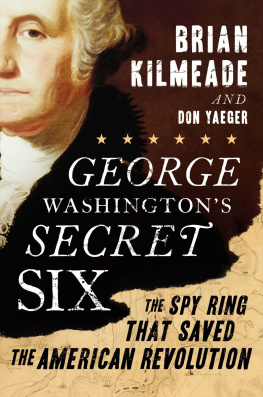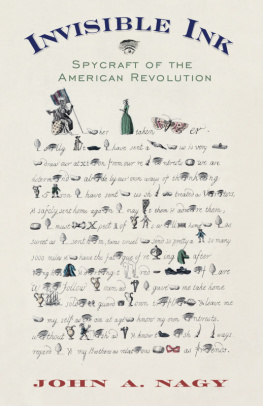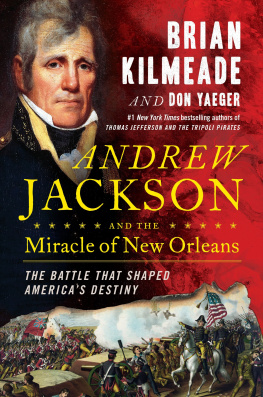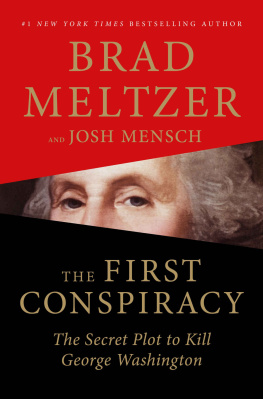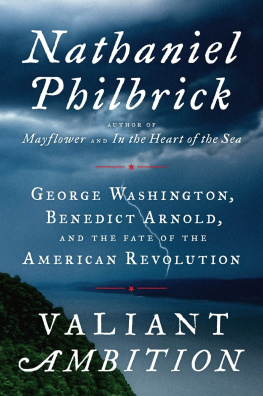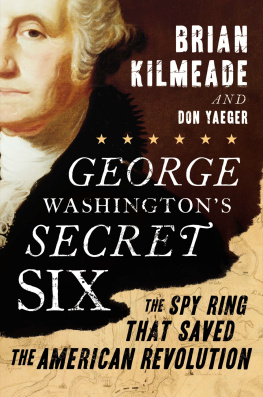Much of the dialogue contained in this book is fictional, but it is based on conversations that did take place and, wherever possible, incorporates actual phrases used by the speaker.
PREFACE
H ow do you discover the identity of a spysomeone whose main concern is remaining anonymouswho has been dead for nearly a century? That was the mission of Morton Pennypacker, Long Islands premier historian, during the 1920s. He knew the Americans would not have won the Revolutionary War without the Culper Spy Ring, but he didnt know the identity of the rings most valuable member.
The spies contributions included uncovering a British counterfeiting scheme, preventing an ambush of French reinforcements, smuggling a British naval codebook to Yorktown, and (most important) preventing Benedict Arnold from carrying out one of the greatest acts of treachery in American history: his plan to surrender West Point to the enemy.
Although these events were recorded as part of Revolutionary War history, none of them were attributed to any individual or group. No plaques attested to the brave work of the men and women responsible for alerting George Washington to the plots; no statues were erected in their honor. The six members of the Culper Spy Ring had served Washington under one condition: their names and activities were never to be revealed. Washington kept his promise, but he also kept their letters.
By the 1920s, the passing years had revealed the identities of most of the spies, but twoincluding that of the rings chief spywere still in question. Pennypacker, a relentless, solemn archivist, made it his personal mission to identify the principal spy, the unknown man who fed George Washington crucial information about the British presence in New York City and helped turn the tide of the Revolutionary War. He needed a name to finally solve the mystery of the man Washington had lauded in his letters but never met. Pennypacker believed that if he could give a name to the man known only by the pseudonym Culper Junior, then this citizen-spy and all those who served in the ring with him could ascend to their rightful, prominent place alongside Paul Revere, Patrick Henry, Betsy Ross, and the rest of Americas most famous Patriots.
Pennypacker was no stranger to intricate historical detective work, but for years his efforts brought him no closer to solving the mystery. And then a phone call in the summer of 1929 changed everything.
Whenever the telephone rang at Morton Pennypackers house, the call was almost always about the history of New York, not a social eventand this particular call was no exception.
Weve found some Townsend family papers, a voice crackled on the other end of the line. Do you have any interest in sifting through them?
A few days later, the yellowed sheets of paper were piled high on his desk. Pennypacker handled each one gingerly, as if it were made of spun gold. Anything with the name Townsend dating to the eighteenth century was considered historically significant by Long Island historians. The Townsend family had been on American soil since the sixteen hundreds, and a prominent family in Oyster Bay, Long Island, since before the Revolution. Any scraps of ledgers or old bills would help create a more complete picture of the familys history, and Pennypacker was eager to see what new details he might learn.
Townsend papers were fairly ordinary finds, but something about these particular discoveries intrigued Pennypacker. They were not just isolated receipts or bills of sale; they were letters and account books dated during the Revolutionary War and immediately afterward. The handwriting seemed oddly familiar. Pennypacker adjusted his glasses to get a closer look at the distinct way the fourth son of Samuel Townsend, Robert, had hooked his Ds and arched his Cs. It almost reminded him of!
Pennypacker rushed to the archives where he stored several letters of espionage that had been signed by members of Washingtons secret service during the war. He took a sample from the stack of Robert Townsends papers next to him and placed it side by side with the Culper Junior letters, peering through a magnifying glass until he was convinced he had a match. Was he holding in his hands clear proof of the identity of the New York spy Washington trusted with his secrets? The reserved, bookish Robert Townsendperhaps the most private of all the Townsend brothers of his generationwas the daring and courageous Culper Junior!
Of course, Pennypacker needed a professional confirmation of his hunch, so he sent the samples to the nations leading handwriting analyst. Just a few weeks later, he received a reply. There was no doubt: Oyster Bay, the home of President Teddy Roosevelt, had another hero to celebrate.

